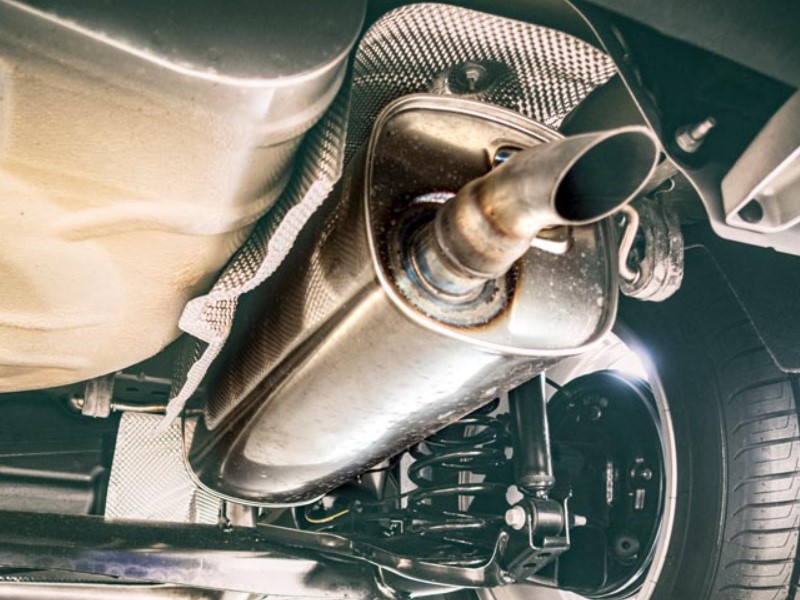How to Look After Your Exhaust Systems
The exhaust systems of your car are probably far from the first things you think about or consider when it comes to your personal safety or engine performance. But what car owners don’t realize is that it should actually top their list of priorities.
Your engine combusts air and fuel for it to run. It produces gases that should be vented from the engine. But most of the gases produced happen to be pollutants that can be dangerous to the environment. the exhaust system of your vehicle is not just meant to transport the gases to the muffler from the engine as it also helps lessen the dangerous gases at the same time.
This is the reason why it is important to ensure that your exhaust system stays in tip-top condition. Unsure how to do this? Below are a few tips you need to remember:
Table of Contents:
Fix Leaks Right Away
The exhaust system of your vehicle is subject to lots of vibration, high heat, and pressure. This is the perfect recipe that can lead to leaks in different parts. Among the key areas where these leaks may form is none other than at the exhaust manifold.

Cracks may develop in the manifold, but it is the gasket that commonly begins to fail and starts to leak. Leaks may also form at the junction of various pipes in the system that is also often sealed with gaskets. The pipes themselves may fail as well.
Corrosion and rust can eat through these parts fast, specifically in areas where it is a common practice to salt the roads during winter, or in places near the ocean where atmospheric salt may become an issue.
Check the Check Engine Light
There are several reasons why the Check Engine Light turns on but all of them somewhat have something to do with your exhaust systems. There is an issue if this light is on.
- The OBD or onboard diagnostics is meant to monitor the parts in your exhaust system and engine and alert you once they start to break down or deteriorate.
- The light can also come in because of very minor causes such as a loose gas cap.
- However, it will also light up because of failed oxygen sensors, bad catalytic converters, and engine misfires, just to mention a few.
Check the code and repair the issue immediately.
Repair Broken Parts
Exhaust systems of vehicles require a substantial number of parts for them to work properly. Only a few of these are actually a component of the exhaust system itself. While the rest are just supplemental, it doesn’t make them any less important.
For example, the exhaust hangers are critical for securing the pipes to your car’s undersides. Unfortunately, they can suffer from damage quite easily. if this happens, the exhaust system will sag, putting strain on the rest of the parts. You need to replace them if you have snapped bolts or broken hangers.
Taking care of exhaust systems isn’t that hard but it still means you should pay close attention to your vehicle and stick to a proactive stance.
Read the next article to Unveil the Sticky Power of Oil Sump Sealing Paste.
Is Your Steering Column Failing?
The suspension and steering systems on modern cars, SUVs, and trucks serve several functions, from navigating various road conditions to directing the vehicle in the direction you want to travel. The steering column plays a critical role in this process.

